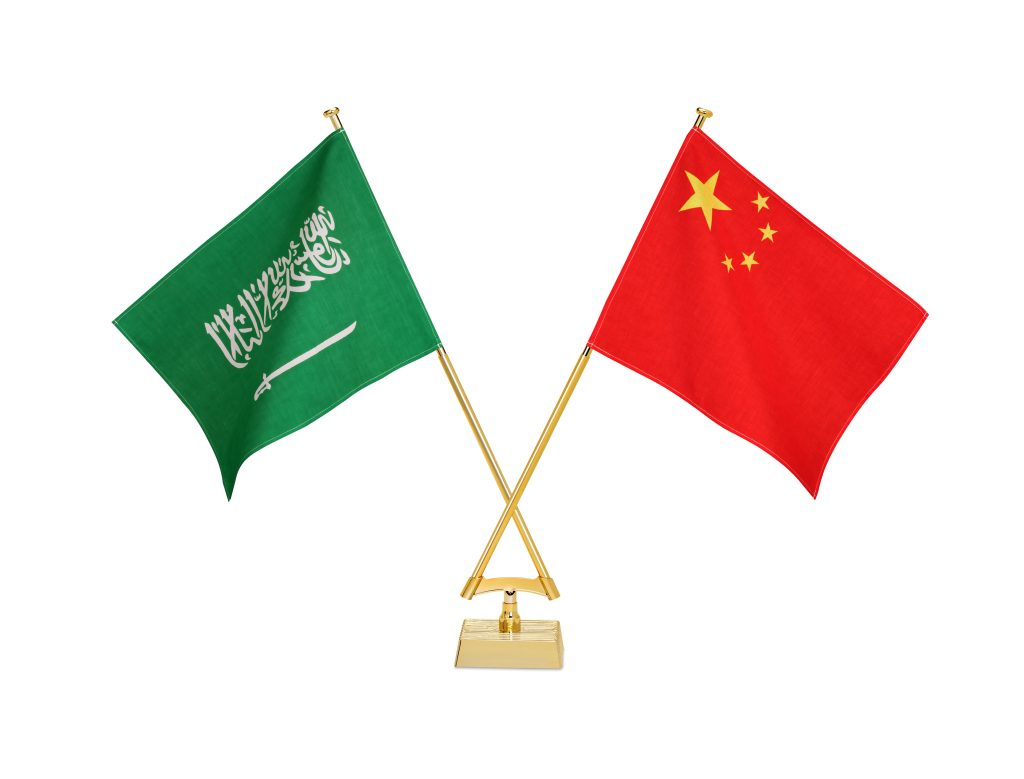China is set to issue US dollar sovereign bonds in Saudi Arabia for the first time in three years, marking a significant step in strengthening economic ties with the kingdom. Up to $2 billion in dollar debt will be issued in Riyadh, as approved by China’s State Council.
This move shifts the traditional issuance location from Hong Kong to Saudi Arabia, highlighting the growing financial relationship between the two nations. Saudi Arabia, led by Crown Prince Mohammed bin Salman, seeks Chinese investment to support its Vision 2030 initiative, which aims to diversify the economy beyond oil dependence.
The kingdom has been actively issuing international dollar bonds to fund large-scale projects and has emerged as a leading issuer in emerging markets. Meanwhile, China is pursuing Saudi construction contracts and has interests in the Saudi solar market, where Chinese companies are involved in supplying panels and batteries.
A senior banker from a Chinese state-owned lender noted that issuing bonds in Riyadh signifies the strengthening of state-level ties. Despite Russia surpassing Saudi Arabia as China’s main oil supplier, Saudi Arabia continues to export significant amounts of crude to China, creating opportunities to invest in Chinese sovereign bonds.
While foreign currency bond sales represent a minor portion of China’s government funding due to substantial reserves and low borrowing costs at home, they offer global investors an accessible way to purchase Chinese sovereign debt and set benchmarks for other issuers.
In recent developments, the Saudi Public Investment Fund has signed substantial deals with Chinese banks to enhance capital flows, and a Saudi-Chinese private equity firm plans to establish a special economic zone in Riyadh to attract Chinese manufacturing.
China’s return to the international bond market occurred in September with a €2 billion euro-denominated debt sale in Paris, preceding a European Central Bank interest rate cut.
